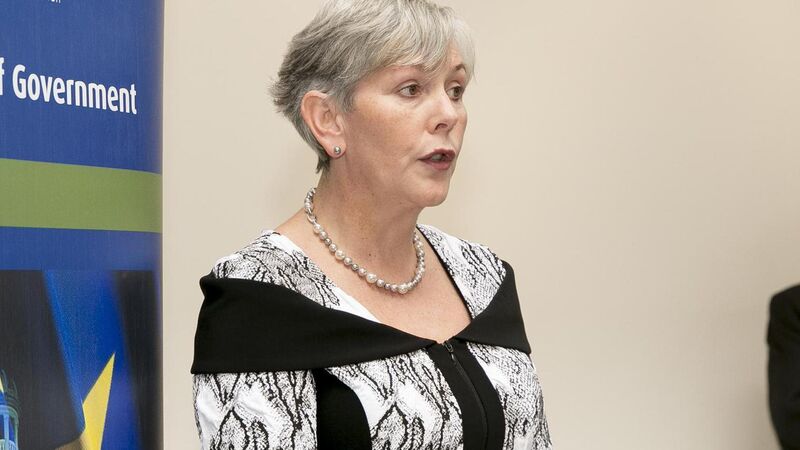Ann Doherty extends her tenure as Cork City Council chief executive

Ann Doherty has been credited with seeing through the first extension of the city boundary since 1965. Photo: Tomas Tyner
The chief executive of Cork City Council is extending her contract for three more years.
Ann Doherty, who in 2014 became the first female chief executive of the city council, has confirmed in writing her intention to avail of the entitlement to extend the period of her office from seven years to 10.
The news was formally announced by the Lord Mayor, Cllr Joe Kavanagh, at Monday’s council meeting.
Chief executives are recruited through a competitive process organised by the Public Appointments Service and formally appointed by the Minister for Local Government for a seven-year term.
But this can be extended by additional three years, if they so wish.
Her predecessor, Tim Lucey, opted against the extension before he took up the position as chief executive of Cork County Council. Mr Lucey's predecessor in the city, Joe Gavin, also availed of the three-year extension.
A native of County Limerick, Ms Doherty began her career as a general nurse at the former Cork Regional Hospital. In the late 1980s, she worked in clinical management and general manager roles at Kings College Hospital, London.
She returned to Ireland in 1997 to work with the then Southern Health Board and in 2004, she was appointed general manager of the Cork University Hospital Group.
She was later appointed as a national director of the HSE and worked on the National Cancer Control Programme, before she was appointed CEO of the University of Limerick Hospitals Group in 2012 where she oversaw major changes in health service provision, including the controversial centralisation of acute health services in the midwest at University Hospital Limerick.
Within months of her appointment to the €143,000 a year city council CEO role, she was thrust into the city boundary review process, which after several reports, reviews and tense negotiations, led in 2019 to the first extension of the city boundary since 1965, growing its population by 85,000 to 210,000.
She has been credited with seeing that process through. It was the single biggest re-organisation of local government in the history of the State.
But she has also faced criticism, including around the council’s handling of the St Patrick’s St car ban, the continued lack of progress on the stalled event centre project, and from opponents of the Cork flood defence scheme.












